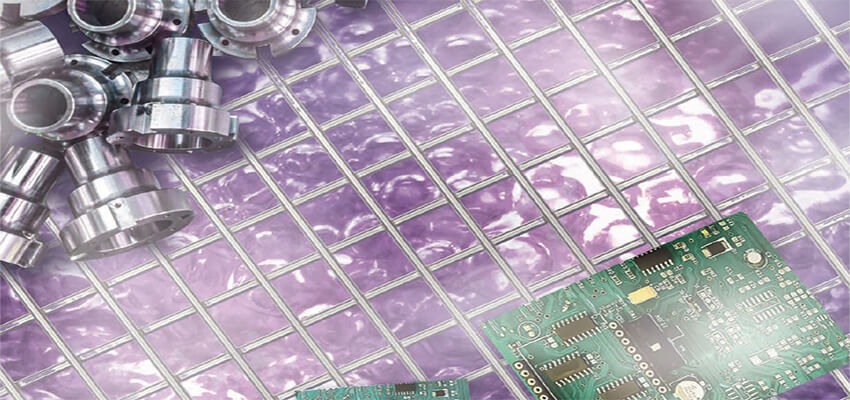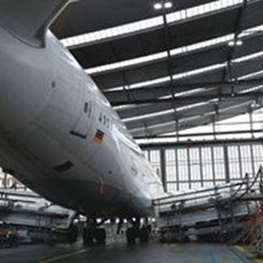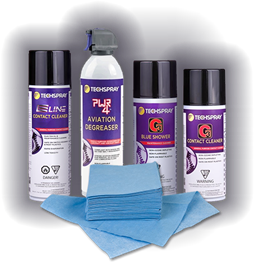Vapor degreasers use a closed-loop system that works very reliably and efficiently as long as it is set-up correctly. If not, you can experience solvent loss, equipment corrosion, loss of cleaning performance, etc. In our previous article, we discussed the do’s and don’ts of locating your new vapor degreaser within your facility. In this article, we will go into the operational checks and then, in Part 3, optimizing the unit.
How Does Vapor Degreaser Work?
Vapor degreaser equipment cleans by condensing solvents vapors on the object that it is cleaning. The process is used to clean various materials during manufacturing such as plastic, glass, metal, gold, and ceramic. For more information on the chemistries used for vapor degreasing, check out our vapor degreaser solvents.
First and foremost, it is imperative that the unit manufacturer assists in the operational checks for:
- Safety considerations and proper training of the operators
- If anything is not working as it should, a technician will be on-hand
- The warranty is not invalidated due to operator error. Although this is not an inclusive list, areas to be checked would be leaks, refrigeration system, heating, ultrasonics, wand operation, axis robotics, electronic controls, and set points. Note that when any checks needing chemistry loaded to the system, the chemical manufacturer is always handy to have on-site to work with the equipment personnel.
Vapor Degreaser Operational Checks
- Check for solvent leaks: Leaks can be in the solvent containment system – sumps, return troughs, wand – almost anywhere the solvent travels such as lines, pumps (including system seals/gaskets), and water/solvent separator. Anywhere there are welds or canister bolts (such as the water separator), the potential for leaking exists. Besides the solvent system, the refrigeration system must be checked from the compressor through the discharge line and back to the compressor via the suction line.
- Verify the cooling system is functioning properly: Besides leaks, the refrigeration system needs to be verified that not only is it cooling, but that it can operate adequately to handle the heat load generated during condensation of the hot vapors.
- Check set point temperatures of heating system: The heating system should be checked that it is operational and can hold the set point temperatures by comparing it to readings from a separate thermometer. Safety temperature overloads should also be verified.
- Check ultrasonic frequencies: Ultrasonics (transducers) should be checked for the correct frequencies. This is easily done by checking the rating on the transducers to ensure you have the correct type (or the one you ordered) for the type of cleaning you plan to do. Ultrasonic cleaning is commonly performed in the 20 – 80 kHz range but can go as high as around 130 kHz. The lower frequencies are generally used for large parts cleaning while the higher frequencies are seen in more precision cleaning applications such as very small or highly complex geometrically shaped parts. Some units may have multiple transducers. These can be outside and attached to the sump (usually the wall but can be on the bottom plate) or can be inside the sump (usually looks like a round bar extending into the fill area of the sump).
- Test wand operation: Wand operation should be checked for activation and cut-off by whatever mechanism it uses. Most of the time, it is power-activated by a foot switch pedal.
- Test movement robotics: If so equipped, any movement robotics should be checked that it follows the programming guide in time, distance, direction, correct stopping, and smoothness of operation, ie that there is no binding of any type.
- Test electronics controls: All electronic controls (touch screens, dials, buttons, switches, etc) should be verified that they can be properly activated and deactivated.
Vapor Degreaser Validation Program
Following the basic operational checks and once your team is thoroughly familiar with the unit and associated systems, it is time to put the unit through an optimization or validation program. This ensures that not only is the unit working properly with the chosen chemistry but that it is “tweaked” over a number of cleaning cycles to get the desired cleaning results as well as only using an adequate time to accomplish this.
By setting up the system during a validation period (this may take many days utilizing different runs and trial settings), this will ensure that you are meeting the cleanliness and throughput results you expect. An optimized unit program saves time and money through lower energy costs, less product loss, and (hopefully) increased throughput.
Techspray Vapor Degreaser Solvents
Techspray has a large variety of solvents intended for vapor degreasing under the brand names PWR-4™ and Precision-V™. These products are engineered to be less toxic than many other solvents commonly used in vapor-degreasers: e.g. TCE (Trichloroethylene, CAS #79-01-6), nPB (n-Propyl Bromide, CAS #106-94-5), and Perc (Perchloroethylene, CAS #127-18-4).
Techspray has technical resources to help you evaluate and set-up your vapor degreaser machine. Contact us and our experts will contact you.
Next month, we will go through a basic optimization program. Although not totally inclusive, it will give you the basic ideas of what to consider when validating your new unit and incorporating it into your manufacturing process.








